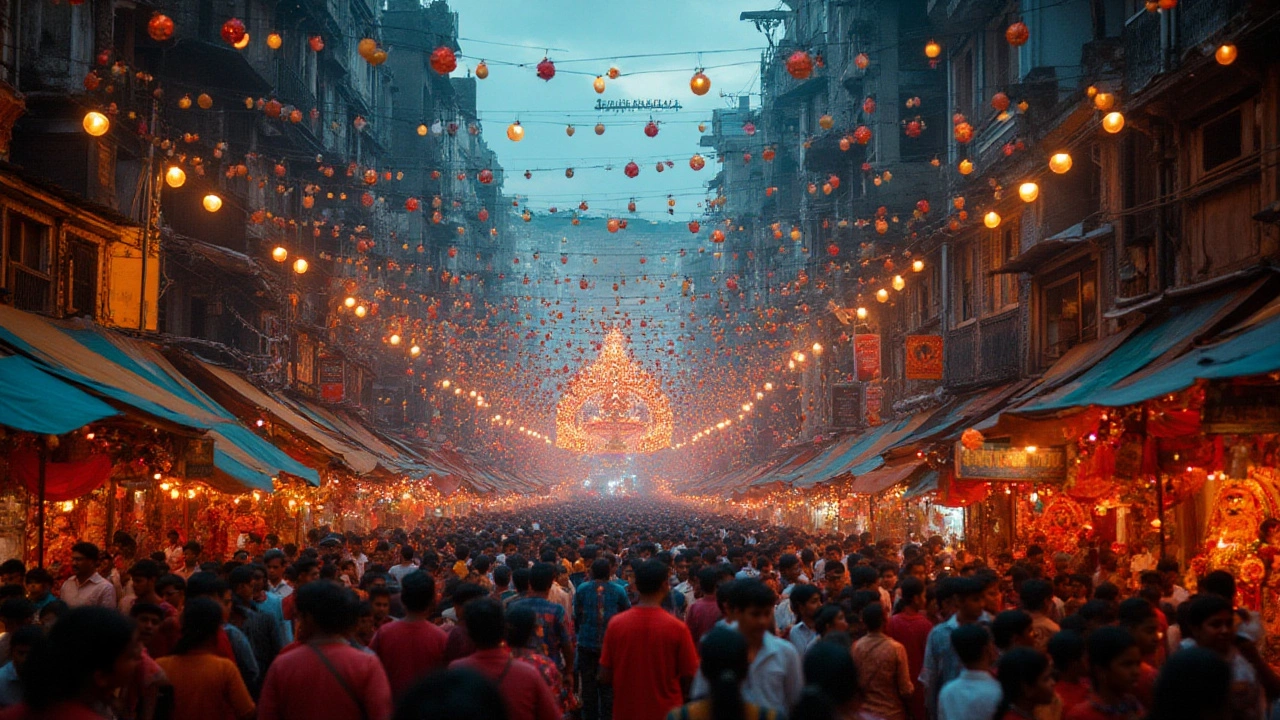SEARCH
Cultural City Travel Guides – Your Quick Start to India’s Urban Heritage
If you love art, history, and bustling streets, India’s cultural cities should be at the top of your list. They blend ancient temples with modern cafés, festivals with daily markets, and every corner tells a story. In this guide we’ll break down why these cities matter, which ones you shouldn’t miss, and how to make the most of your trip without getting lost in the crowd.
Why Visit Cultural Cities?
First off, cultural cities give you a fast‑track into the soul of India. A single day in a heritage city can include a sunrise at a centuries‑old mosque, a lunch of street‑side dosa, and an evening of folk music in a local square. Because the attractions are packed together, you save travel time and spend more moments soaking in the vibe. Plus, many of these places are UNESCO World Heritage sites, meaning they’re recognized for their universal value and are usually well‑maintained for tourists.
Another perk is the food. Each city has its own signature dish – think Hyderabadi biryani, Kolkata rasgulla, or Jaipur’s pyaaz ki kachori. Tasting the local cuisine is like reading a living history book, and you can do it without splurging if you know the right stalls and market lanes.
Top Cultural Cities to Explore
Delhi – The capital is a mash‑up of old and new. Walk the Red Fort, wander through Chandni Chowk for spice‑laden snacks, then catch a modern art exhibition in the Hauz Khas Village. Stay near a metro station to zip between sites.
Jaipur – Known as the Pink City, it offers forts, palaces, and a bustling bazaar for hand‑crafted jewellery. Early mornings are cooler for exploring Amber Fort, and evenings are perfect for street‑food tours.
Varanasi – If you want a spiritual punch, Varanasi’s ghats and sunrise boat rides are unforgettable. Join a local guide for a short explanation of the rituals; it makes the experience richer and quicker.
Kerala’s Kochi – A coastal cultural hub with Portuguese, Dutch, and British influences. Stroll through Fort Kochi’s painted walls, sip tea at a seaside café, and watch a Kathakali performance.
Each of these cities also has practical tips that keep your wallet happy. Use city buses or shared auto‑rickshaws, book budget hotels a few blocks away from the main attractions, and carry a refillable water bottle to avoid buying plastic repeatedly.
When planning, check the local festival calendar. Visiting during a major celebration—like Diwali in Delhi or the Pushkar Camel Fair—adds colour but also crowds. If you prefer a quieter vibe, aim for the shoulder season (October‑November or February‑March) when weather is pleasant and hotels have better rates.
Finally, safety is simple: keep your valuables in a hotel safe, avoid isolated streets after dark, and respect local customs, especially when visiting religious sites. A little awareness goes a long way in making your cultural city adventure smooth and enjoyable.
Ready to pack your bags? Pick a city, map out the top sites, and let the local culture guide your journey. India’s cultural cities are waiting, and every alley has a story you’ll love to hear.

Discovering the Cultural Heartbeat of India: Kolkata
Kolkata, often referred to as the 'Cultural Capital of India', is a vibrant city teeming with history, art, and tradition. It stands as a testament to India's rich heritage, offering a unique blend of modernity and tradition. From its iconic literature festivals to its grand architectural marvels and mouth-watering cuisine, Kolkata offers countless cultural treasures to explore. This article delves into the reasons why Kolkata is rightly called the cultural city of India and offers tips for travelers to enrich their experience in this mesmerizing city.
Continue reading